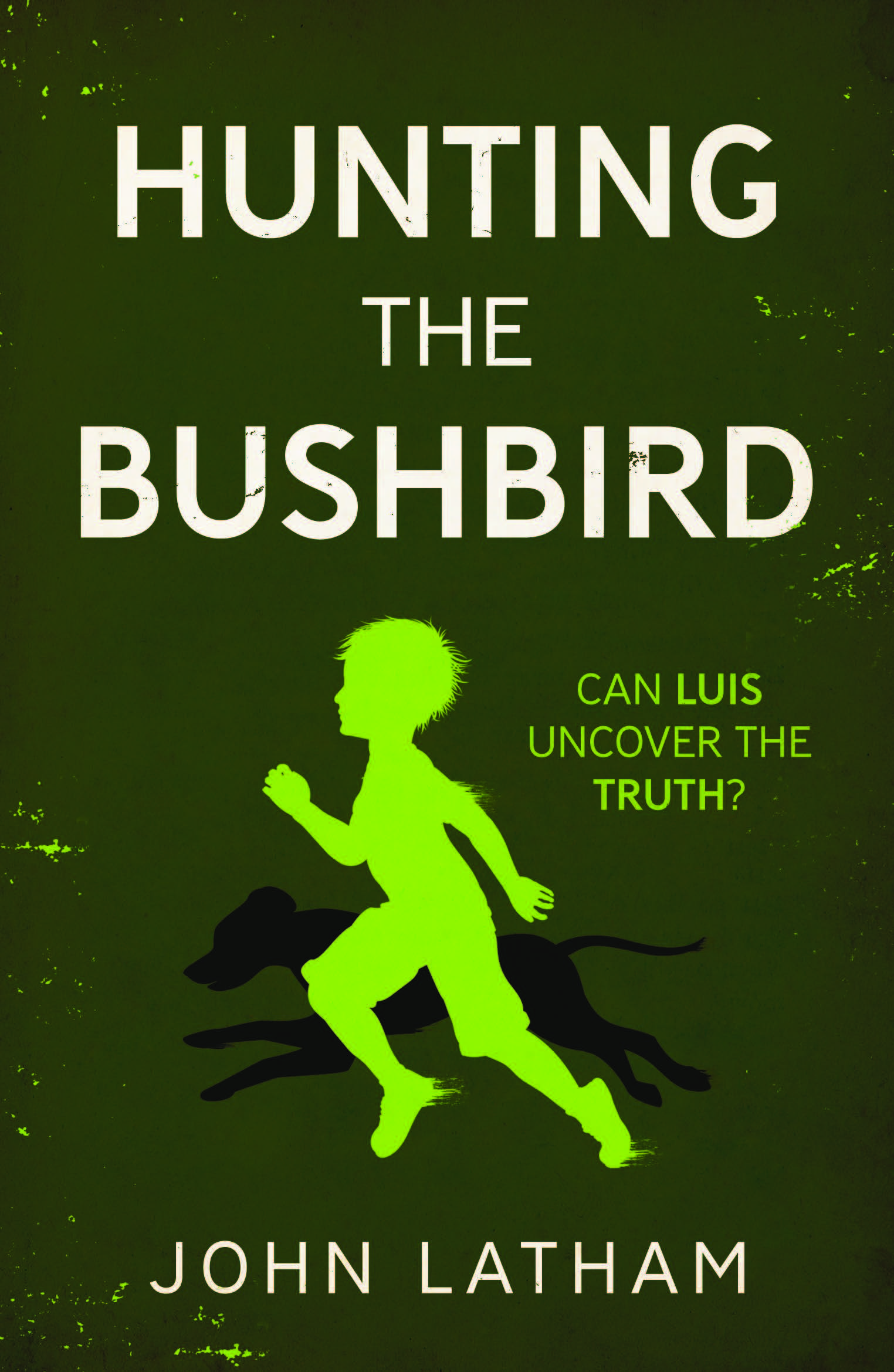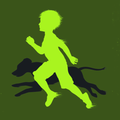The book is written for children and young adults, aged 11 years and upwards and is set in the rainforest of Colombia. The plot centres upon the search for the truth of a young nine year old boy, Luis Montero, after he witnesses the abduction of his parents and the destruction of his family home. It firstly challenges readers to consider how they might have reacted if they had found themselves in Luis’s terrible predicament.
Moving on through the chapters as Luis searches for answers, the story touches upon issues such as wildlife conservation, deforestation, the struggles of the indigenous people in the rainforest and the harsh reality of homelessness. The impact of the drugs trade on all of these elements is woven throughout the text. The reader is taken on a fast-moving journey of twists and turns as, chapter by chapter, the truth begins to emerge, leading to the dramatic conclusion for Luis.
THE BIRTH OF “HUNTING THE BUSHBIRD”
“Every good story has to start somewhere … and for this book, it was in an unexpected way. I was presented with the opportunity to take part in a session on creative writing. The main coordinator of the exercise had taken the trouble to cut out a large number of newspaper pictures. She had folded them all neatly to the same overall size before putting them into a waste paper bin. All of the delegates that day were invited to pick one out one of the folded pieces at random. In the five minutes that followed, our task was to write around 200 words to summarise the plot for a novel, based on our chosen image.
As my hand lifted my selection from the bin, there was absolutely no thought that such a simple process might lead to me writing this piece for a web page, in advance of an actual publication date for a completed novel.
There was no need to be neat and tidy in writing down the thoughts that emerged after I had unfolded the piece of paper – that would come much later. The exercise on that day was all about being instinctive, letting your imagination take hold and developing those ideas for just five minutes. I freed my mind and followed the main threads in turn to wherever they took me. Looking down at the page after scribbling out my offering, it all seemed strangely coherent. After reading the plot thoughts aloud to my fellow writers, as part of the exercise feedback, I slowly became more and more interested in the possibility that a really worthwhile story could evolve from the initial five minutes of “imagination storming”… and so it proved.
If I had sat myself down with a blank sheet of paper inside my usual day-to-day environment, with the goal of developing a meaningful storyline for a novel, this setting and this overall story would certainly never have been produced. It seems that using a random picture in a newspaper, following your instincts and finding the determination to keep going to the very end, can produce a completed novel.
I really hope that everyone now enjoys reading the finished article!”

